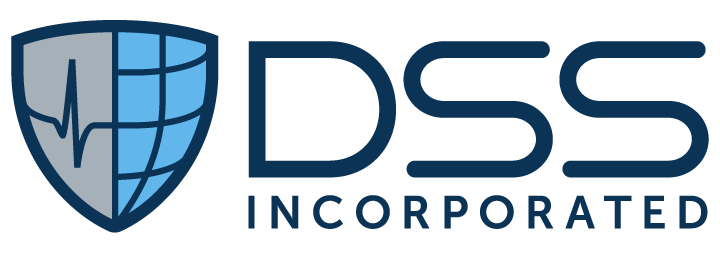Supporting Veterans During Suicide Prevention Month
U.S. suicide rates have surged in recent years. The age-adjusted suicide rate is up 24 percent from 1999 – 2014, according to a study released last year by the National Center for Health Statistics. Veterans are more at risk than the general public, facing roughly double the risk as the general population according to data from 2014. For every completed suicide, there are 25 attempts. Combatting this terrible toll on human life and potential is a top priority for the U.S. Dept. of Veterans Affairs (VA). September is National Suicide Prevention month, and VA is determined to do all it can to fight this health crisis.
“We know that in 2014, an average of 20 Veterans a day died in this country from suicide, which is 20 too many,” said VA Secretary David J. Shulkin, M.D. “This is a national public health crisis requiring a national public health approach. When it comes to preventing Veteran suicide, VA can’t – and should not – do this alone.”
For Suicide Prevention Month, VA has a number of outreach events planned to raise awareness. Each VA facility will be participating with Be There, a campaign done in coordination with the DoD. Be There ensures Veterans get the mental health support they need through a “no wrong door” philosophy.
Among other things, this VA effort promises:
To adopt a “no wrong door” philosophy for suicide prevention so every VA employee will assist Veterans in need;
To establish a “buddy system” so Veterans can reach out to someone when needed;
To establish open access in VA facility mental health clinics and same day access in VA community based mental health clinics within six months, to ensure prompt attention to the needs of Veterans;
To work across clinical specialties to ensure Veterans receive integrated specialty pain management and sleep services as needed;
To arrange appointments for Veterans seeking care through Enhanced Enrollment procedures; and
To increase the number of Veterans and providers connecting through the VA’s Telemental Health services.
A suicide prevention toolkit is being distributed by the VA around the country to stakeholders and community partners.
All these efforts are poised to make a difference. However, monitoring and ensuring effective therapy for thousands of veterans continues to be a complex challenge, and the current VA workflow methodology for patients at high risk for suicide is tedious and inefficient. The challenge begins at the very start of the process – identifying the most vulnerable veterans. Unfortunately, only six of the 20 veterans committing suicide each day in 2014 were actual users of VA services.
Moreover, even when Veterans are using VA services, it is typically very tedious for the VA suicide prevention team members to methodically track the compliance and follow up care of high risk patients because a large component of the daily workflow is manual. This is exacerbated by the fact that the VA suicide prevention workflow is not a focus of the VAs current electronic healthcare record (EHR) system nor other commercial EHRs.
This stretches already limited personnel to the limit. What’s needed is a software platform that standardizes workflows and provides data visualization tools, enabling care givers to give more time to patients and less to manual record keeping and data abstraction. The Patient Case Manager (PCM) for Suicide Prevention can provide this kind of support.
PCM helps the VA methodically manage the care of veterans at high risk for suicide, ensuring and monitoring compliance with established operating procedures. PCM integrates with VA facility information systems, putting the right information at the fingertips of case managers, social workers, suicide prevention coordinators, physicians, psychologists, and facility leadership in real time across mobile and desktop devices. It can help VA standardize, measure, and improve suicide prevention efforts.
Veterans deserve the best care, and VA staff deserve the best tools available to deliver that care. As the VA doubles down on this health crisis this month and going forward, leveraging software tools like PCM to ensure that the “blocking and tackling” of suicide prevention care is methodically carried out is a must.
Author Bio: David LaBorde, M.D., CEO, Iconic Data Inc. and Strategic Advisor, DSS, Inc.
Dr. David LaBorde has over 20 years of experience in healthcare and technology and has worked with healthcare provider organizations helping them with strategy, workflow standardization, achieving transparency into their operations, and improving their quality of care and operating performance. Dr. LaBorde previously worked for McKinsey & Company where he focused on providing advisory services to healthcare provider organizations. He has an MBA from Harvard Business School, an MD from Yale School of Medicine, a BS in Engineering from Georgia Tech and a Georgia Medical License. For more information: http://www.dssinc.com/
